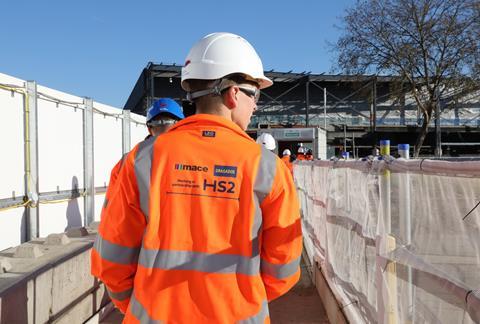Data specialist Glenigan says risk of more hikes has not gone away
Construction businesses will be “battening down the hatches and hedging their bets” as they brace for another inflationary spike in the first half of the year, according to the top economist at information firm Glenigan.
According to its review of 2022, inflation in the cost of construction materials peaked at 26.8% in the second quarter of last year, driven by the war in Ukraine and disruptions in global supply chains.
Glenigan warned that while figures have now settled at around 15%, the industry could be in for another inflationary spike in the first half of this year, as a result of ongoing geopolitical events and domestic disruption.

Economics director Allan Wilen said the strong headwinds which hit the sector in the second half of 2022 look to become “more forceful” this year.
“The cautious optimism and tentative performance increase this time last year has been washed away by events out of the sector’s control, and many businesses will be battening down the hatches and hedging their bets for a potential, if modest, uplift in the latter half of the year.”
According to Glenigan’s latest annual review, energy intensive products such as aggregates and insulation saw some of the biggest rises, with prices going up 53% and 32% respectively.
The sector also continued to struggle with supply of labour in the aftermath of Brexit, with the number of people employed in construction (2.14 million) still almost 7% below pre-pandemic levels and down 2.4% on a year ago.
Despite the existing 49,000 construction vacancies, industrial output still rose in 2022 by 6% on the previous year, though the number of projects starting on site declined.
Wilen added: “Whilst supply side pressures may ease, the skills shortage is a persistent problem which the industry will urgently need to tackle if it wants to return to pre-pandemic output levels.
“However, there are a few bright spots in the gloom, with major projects including HS2 driving activity, as well as an increased focus on other critical infrastructure in energy, healthcare and data centre developments.”
Glenigan predicts a 2% decline in the overall value of project starts this year but says this will be followed by a 6% increase in 2024.



























No comments yet